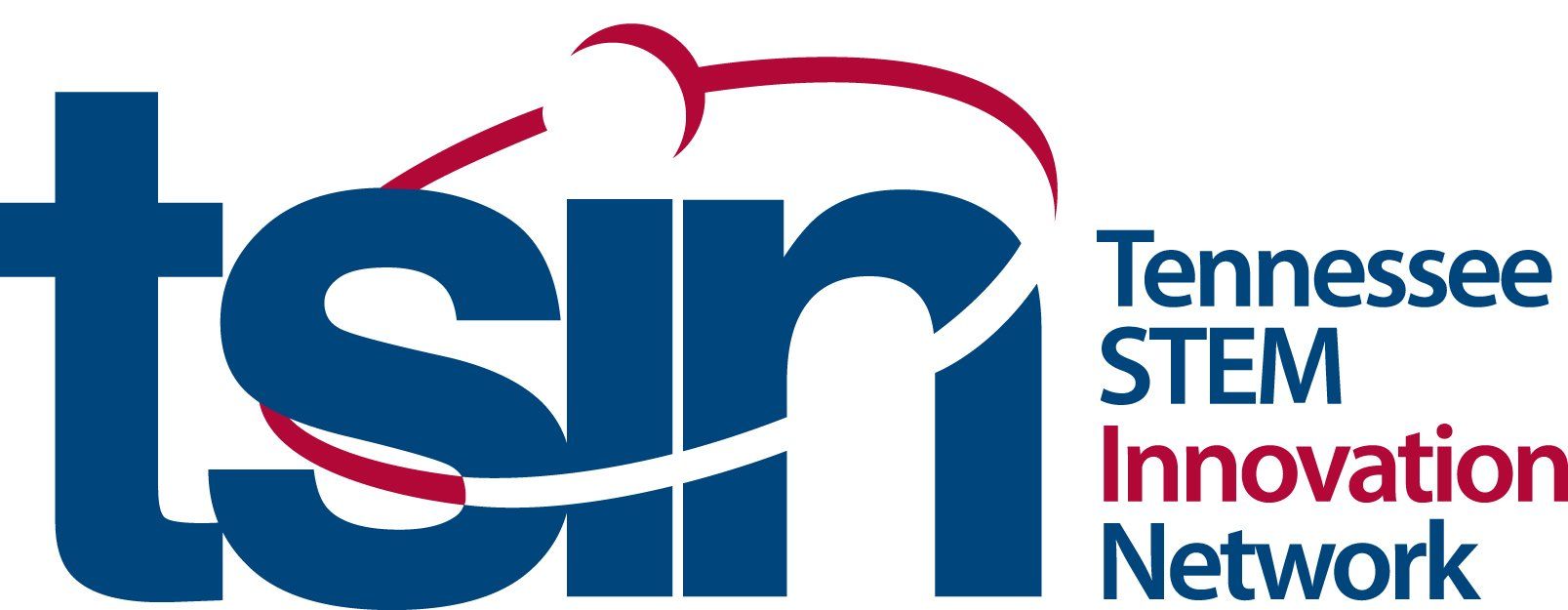Exploring Technology & Locations
Maker Monday
The spirit of adventure starts young; exploring and discovery is a natural part of childhood. Young adventurers enjoy playing hide and seek and finding lost treasure. Technology makes that treasure hunting more tangible for all of us! Geocaching is often called the “world’s largest treasure hunt”. People search for “caches” or hidden objects using geography, specifically longitude and latitude to locate the caches.
Today, you'll explore geocaching using GPS-enabled devices!
Step 1: To begin your adventure with geocaching, you've got to learn how it works. Watch this
video
explaining what geocaching involves.
Step 2: Creating a geocaching journey requires technical knowledge and lots of creativity. Read this
article
to learn about the art of geocaching.
Step 3: There are many basic elements that combine to create a successful geocaching adventure. Explore this
brochure
that introduces the many components of geocaching.
Step 4: Put on your creative hat and get some art supplies! It's time to design your own “unplugged” geocache using these
revised questions from Nature Play WA. What
Step 5:
Ask an adult to share your “unplugged” geocache drawing on social media using #MakerMondayTN and #AlwaysLearningeTN!
Additional Resources:
Wonder Wednesday
Have you or your parents ever used an app that tells you step by step how to get somewhere? If so, then you've used GPS! Global Positioning Systems (GPS) have become a piece of technology that helps us know where we are, where we are going, and where we have been. It can help locate people when they are lost or in danger, by using their cellphones or other technology. So, how does GPS know where things are located?
Today, you'll investigate how GPS systems work!
Step 1: Global Positioning Systems combine exciting and evolving technologies to create a network of ways to locate people and places. Watch this
video
to discover how GPS works.
Step 2: Have you or your family members ever used GPS? Or can you think about a career that uses GPS regularly? Make a list of the ways you think GPS is utilized. Discover 20 ways we use GPS in this
video and compare both lists!
Step 3: Geocaching uses GPS to create a fun, hunt and find adventure. Are there other fun ways GPS can be used? Review this
webpage
to make connections among geocaching, GPS, and GIS.
Step 4: For all our visual learners, explore this
image
to understand how GPS signal is configured and received.
Step 5:
Ask an adult to share what you learned about GPS systems on social media using #WonderWednesdayTN and #AlwayLearningTN!
Additional Resources:
Future Friday
The Geographic Information System (GIS) is a system for gathering, analyzing and displaying data related to location. Getting a GIS degree can open the door to a career in various sectors like the forest service, transportation, or the government. This growing field of study allows us to gather valuable insights from the world around us with exciting job prospects in many industries!
Today, you'll examine the fascinating field of GIS!
Step 1: Climate Scientists utilize GIS to locate and track the evolving issues with climate change. Hear
Ned Gardiner, with the NOAA Climate Program Office, discuss how he uses GIS.
Step 2: Cartographers use GIS to create maps that inform builders, developers, conservationists, and more. Without GIS, this exploratory career would be less reliable and accessible. Learn more about his career here.
Step 3: A general GIS Technologist or Technician education may lead you to many careers. Learn more about this career
here.
Step 4: With so many more choices, it's important to take a broad look. View this
GIS career ladder
and visit this
website
to explore the range of jobs in the GIS field including salary and job descriptions.
Step 5:
Ask an adult to share something you learned about GIS careers on social media using #FutureFridayTN and #AlwaysLearningTN!
Additional Resources:
Connecting Globally - We at TSIN believe STEM connects us all and in an effort to enhance those connections, the Resources Series will be connected to the United Nations Sustainability Development Goals.
Goals 11: Make cities and human settlements inclusive, safe, resilient, and sustainable
Goals 13: Take urgent action to combat climate change and its impacts*
Goals 14: Conserve and sustainably use the oceans, seas, and marine resources for sustainable development
Goals 15: Protect, restore, and promote sustainable use of terrestrial ecosystems, sustainably manage forests, combat desertification, and halt and reverse land degradation and biodiversity loss




